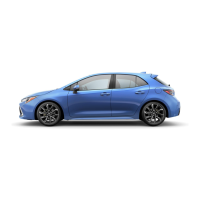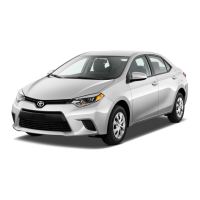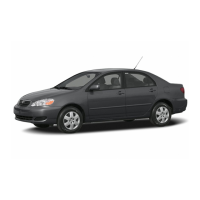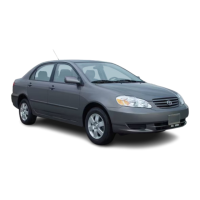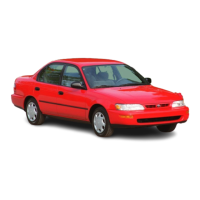272
4-5. Using the driving support systems
● If the orientation of a sensor has
been changed due to a collision or
other impact
● The vehicle is approaching a tall
or curved curb
● Driving close to columns
(H-shaped steel beams, etc.) in
multi-story parking garages, con-
struction sites, etc.
● If the vehicle cannot be driven in a
stable manner, such as when the
vehicle has been in an accident or
is malfunctioning
● On an extremely bumpy road, on
an incline, on gravel, or on grass
● When a tire chains or compact
spare tire is used
■ Detection range of the sen-
sors
Approximately 3.3 ft. (100
cm)
Approximately 4.9 ft. (150
cm)
Approximately 2.0 ft. (60 cm)
The diagram shows the detection
range of the sensors. Note that the
sensors cannot detect objects that
are extremely close to the vehicle.
The range of the sensors may
change depending on the shape of
the object, etc.
■ The distance and buzzer
System detection range
Approximate distance to obstacle Buzzer
Front sensor:
3.3 ft. to 2.0 ft. (100 cm to 60 cm)*
Rear sensor:
4.9 ft. to 2.0 ft. (150 cm to 60 cm)*
Slow
2.0 ft. to 1.5 ft. (60 cm to 45 cm)* Medium

